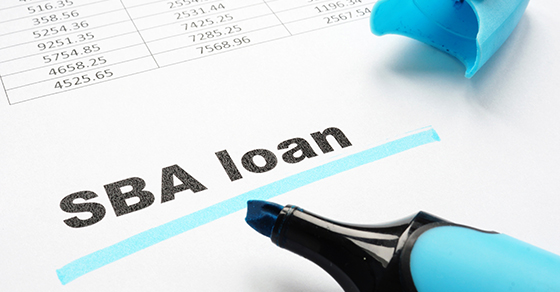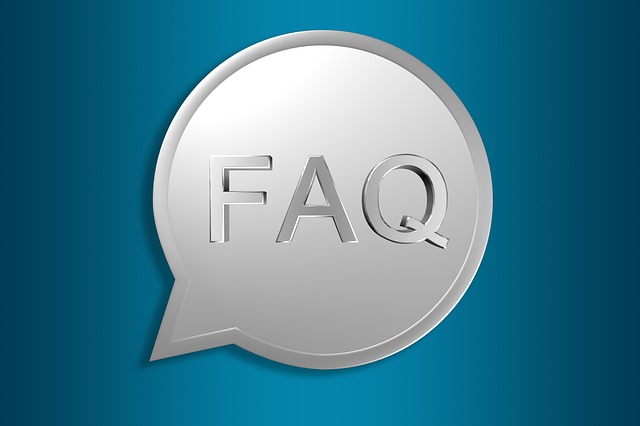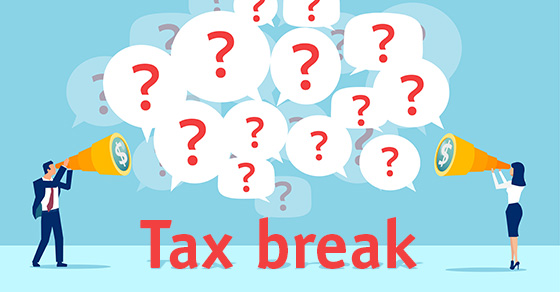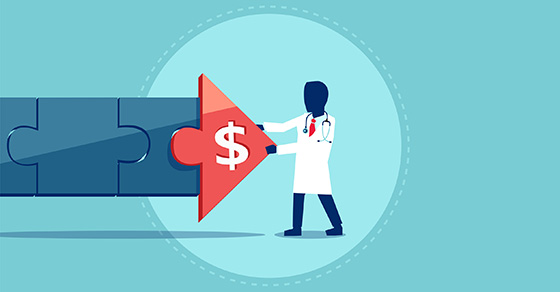Many companies have been significantly impacted by the downturn in the economy caused by the COVID-19 fallout. As such, the impact on your operation should be documented to support the need for the PPP loans.


Many companies have been significantly impacted by the downturn in the economy caused by the COVID-19 fallout. As such, the impact on your operation should be documented to support the need for the PPP loans.

On April 8, 2020, the Financial Accounting Standards Board voted to delay the effective date of ASC 842, Leases, an additional year.

It was announced on March 20 that Tax Day would be postponed from April 15 to July 15 to coincide with the delayed tax payment deadline at the direction of President Trump. Treasury Secretary Steven Mnuchin announced the postponement via Twitter, stating that all taxpayers and businesses will have until July 15 to file and make payments without interest or penalties.
Many states are still announcing their response to the deadline. Due to COVID-19, Minnesota is providing additional time until July 15, 2020, for taxpayers to file and pay 2019 Minnesota Individual Income Tax without any penalty and interest. Minnesota has not extended 2020 first and second quarter taxes. We know you have lots of questions. Below is a summary of the 10 most common questions and the IRS’s response.

Current market conditions around COVID-19 have reduced workload and forced difficult cost-saving decisions. In addition, heightened marketplace competition makes it critical that you understand what really drives your profits. A strategic cost review grounded in the knowledge of your cost structure, workflow and productivity measures can help managers focus on activities that bring the most value and allow you to align your pricing strategies to maximize profits.

The Coronavirus Aid, Relief, and Economic Security (CARES) Act signed into law on March 27 provides $349 billion in funding for the Small Business Administration (SBA) in an effort to provide assistance and relief to America’s small businesses struggling under the weight of COVID-19. The Act included a paycheck protection provision for small businesses by providing additional funding to the SBA for specific areas of need and expanding the SBA’s 7(a) loan program.

Small businesses are now eligible for up to $2 million in Economic Injury Disaster Loans from the Small Business Administration (SBA). President Trump has called for an additional $50 billion in funding to the SBA’s lending program from Congress. While the $50 billion is not yet approved, the SBA can issue an Economic Injury Disaster Loan declaration, thanks to the Coronavirus Preparedness and Response Supplemental Appropriations Act.
Knowing what to expect before starting the loan process will help prevent unnecessary errors and rework. Completing the application process quickly and accurately will be key as there will be high demand and processing times will likely increase. We’ve put together the following summary of what business owners can expect when applying for an SBA loan.

The following article is a high-level overview of the tax credits available under the CARES and FFCRA Acts.

The Families First Coronavirus Response Act (FFCRA) signed on March 18, 2020, made unprecedented expansions to paid sick and family (childcare) leave provisions in light of the challenges for the American workforce due to COVID-19. The expansions to paid sick and family leave cover employers with up to 500 employees, and tax credits are available for up to 100% of qualifying wages paid. Eligible employers are granted a grace period by the DOL to come into compliance with the Act as long as employers act reasonably and in good faith during the grace period.

The distribution of economic impact payments is expected to begin in the next three weeks and be available throughout the rest of 2020. With so much news circulating, it can be difficult to keep tabs on the latest updates. We also recognize it can be challenging to separate the legitimate updates from speculation. Below we have put together a summary of what we know so far about the economic impact payments.

The President signed the latest COVID-19 relief bill on March 27: The Coronavirus Aid, Relief, and Economic Security (CARES) Act. The bill brings with it several elements of relief for businesses, employees and families, in an effort to maintain livelihoods throughout the crisis and after. The expected cost of the bill is nearly $2 trillion and includes nearly $500 billion for in economic distress relief for businesses, states and municipalities.

The IRS has announced that employers required to provide emergency paid sick leave and emergency paid family and medical leave under the Families First Coronavirus Response Act (the Act) can begin taking advantage of two new refundable payroll tax credits. Equivalent credits are available to self-employed individuals based on similar circumstances.

The COVID-19 virus has made fast, drastic changes to how we live and work. State-mandated business closures are creating challenges and generating many questions on how to preserve business continuity during this period. On March 18, 2020, President Trump signed the Families First Coronavirus Response Act (FFCRA), which takes effect on April 2. The bill expanded paid sick leave and unemployment benefits, impacting employees and employers, among other provisions.

Qualified small businesses are now eligible for up to $2 million in Economic Injury Disaster Loans from the Small Business Administration (SBA) after President Trump called for an additional $50 billion in funding to the SBA’s lending program from Congress in response to COVID-19. While the SBA waits for the $50 billion to be approved, they can deliver an Economic Injury Disaster Loan declaration in response to the Coronavirus Preparedness and Response Supplemental Appropriations Act recently signed by the president.

The word “concentration” is usually associated with a strong ability to pay attention. Business owners are urged to concentrate when attempting to resolve the many challenges facing them. But the word has an alternate meaning in a business context as well — and a distinctly negative one at that.

The end of one year and the beginning of the next is a great opportunity for reflection and planning. You have 12 months to look back on and another 12 ahead to look forward to. Here are five ways to strengthen your business for the new year by doing a little of both: